GET PROPEL
Stay Informed


CRS is an inflammatory disease with often chronic and debilitating
sinonasal symptoms such as1:
Congestion
Nasal discharge
Facial pain or pressure
Loss of smell
Consider the impact. CRS attacks patients from within, causing substantial damage. Patients with CRS report greater bodily pain and impaired social functioning than do those with angina, congestive heart failure, back pain, and chronic obstructive pulmonary disease.2
Ultimately, CRS exacts a tremendous economic impact that burdens healthcare systems and patients3
Direct costs related to CRS:
$10-$13 billion per year in the USA
are primarily driven by outpatient doctor visits, prescription medical therapy, and sinus surgery
Indirect costs related to CRS:
>$20 billion per year in the USA are primarily driven by lost work capabilities

Although some patients may achieve symptom control by medical management, others may benefit from endoscopic sinus surgery (ESS).1,4 However, despite optimal surgical technique, postoperative challenges can limit sinus surgery outcomes. Common challenges include5,6:
Scarring or stenosis of surgical opening
Recurrent inflammation and polyposis
Inadequate delivery of topical therapy

MAY PREVENT YOUR PATIENTS FROM ACHIEVING OPTIMAL SINUS SURGERY OUTCOMES11,12
reduction in
FSO diameter
Restenosis is observed following frontal sinus surgery independent of polyps. The average diameter of the frontal sinus ostia (FSO) decreased by 38%
frequency
of MTL
MTL may occur in as many as 25% of patients who had ESS at ≥6 months follow-up9

more likely to need
revision surgery
21% of patients with MTL required revision surgery vs 9% in patients without MTL9

frequency
of MTL
In a retrospective study conducted over a 5-year period, the top 3 causes for maxillary ESS failure were10:
more likely to need
revision surgery
It is estimated that between 2% and 18% of maxillary cases require revision surgery10
Overall, postoperative inflammation related to surgery and the underlying disease is hard to predict and can hinder the benefits of surgery. So, safe and effective postoperative care options are needed that effectively deliver corticosteroids to the sinus and minimize reliance on patient compliance
Reducing postoperative inflammation and scarring is essential to help improve long-term patient outcomes and reduce the need for additional interventions11,12



POSTOPERATIVE CARE IMPACTS LONG-TERM OUTCOMES: improvements in quality of life after ESS at 6 months are indicative of results seen at 1.6 years.13
Elevate your postoperative care regimen beyond traditional options
In order to maintain the benefits achieved with surgery, postoperative care regimens are needed that ensure that newly opened sinuses remain open and inflammation is controlled from both the underlying disease and the procedure.4 Common postoperative regimens include4,14:
Although these regimens have an established role in postoperative care, they do not provide an optimal solution for all patients.
Topical steroid sprays15,16
Oral steroids17,18
Mechanical spacers ± steroids14
Historically, there was an unmet need for postoperative care options proven in randomized controlled trials to significantly improve sinus surgery outcomes
GET PROPEL
Stay Informed
This site is intended for healthcare professionals in the United States